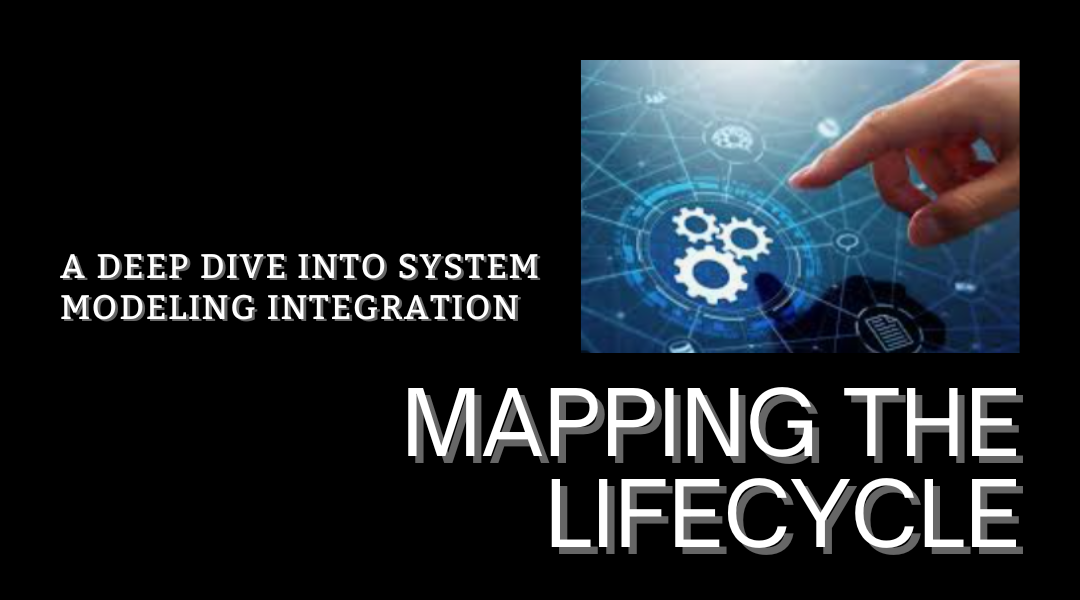Most system failures happen not because of technical limitations, but because critical information got lost between the whiteboard and the workshop. That’s where SysML becomes your project’s Rosetta Stone, maintaining clarity from first concept to final decommissioning.
Phase 1: The “What Are We Even Building?” Stage
Before SysML: Endless meetings where marketing says “fast”, engineering hears “powerful”, and manufacturing interprets as “expensive”.
With SysML:
- Stakeholder Requirements as Comic Strips
- Use case diagrams that show real user interactions
- Requirement tables that actually get read because they’re visual
- Traceability matrices that prove no one’s pet feature got forgotten
Real example: A medical device team avoided FDA rejection by using SysML to prove every safety requirement was addressed in design – before building prototypes.
Phase 2: Architecture – Where Dreams Meet Reality
The SysML Advantage:
- Block diagrams that finally get mechanical and software engineers speaking the same language
- State machines that expose impossible mode transitions early
- Activity flows that reveal which “simple” steps are actually 37 hidden processes
Watch for:
- The “perfect diagram” trap (models should be just detailed enough to guide decisions)
- Over-architecting components that will obviously change
- Forgetting to model the interfaces between teams as carefully as the technical interfaces
Phase 3: Building the Damn Thing
Here’s where SysML pays rent:
- Component blueprints that don’t get “interpreted” differently by each team
- Interface contracts that prevent the “that’s not what I expected” integration surprises
- Parametric models that catch physical impossibilities before metal gets cut
War story: An automotive team saved 6 weeks of rework when their torque/heat model flagged an underspecified motor requirement during design review.
Phase 4: Proving It Works (Before Customers Do)
SysML as your testing copilot:
- Requirements tracing ensures you’re testing the right things
- Sequence diagrams become your test scripts
- State coverage metrics prove you’ve tested all the weird edge cases
Pro tip: Model your test rig interfaces in SysML too – we’ve seen more test failures from rig mismatches than actual product flaws.
Phase 5: Keeping the Thing Alive
Why mature systems love SysML:
- Change impact analysis – See what breaks before touching legacy code
- Knowledge preservation – Onboarding new engineers without the “tribal lore”
- End-of-life planning – Model decommissioning steps like you modeled assembly
Cautionary tale: A power plant extension went 200% over budget because no one had modeled how the new controls would interact with 40-year-old safety systems.
The Secret No One Admits
The real value isn’t in perfect diagrams – it’s in forcing conversations you’d otherwise avoid. That awkward moment when the diagram reveals no one defined how the failsafes reset? That’s the moment SysML pays for itself.
Making It Stick in Your Organization
- Start where it hurts – Apply SysML to your most painful integration problems first
- Keep it living – Models that don’t evolve with the system become dangerous lies
- Measure ROI – Track reductions in change orders or testing escapes
- Scale wisely – Not every bolt needs modeling, but every critical interface does
Remember: SysML isn’t about creating documentation – it’s about preventing those 3AM phone calls when the system does something no one anticipated. Because in the end, all systems live or die by how well we maintain understanding across their entire lifespan.
